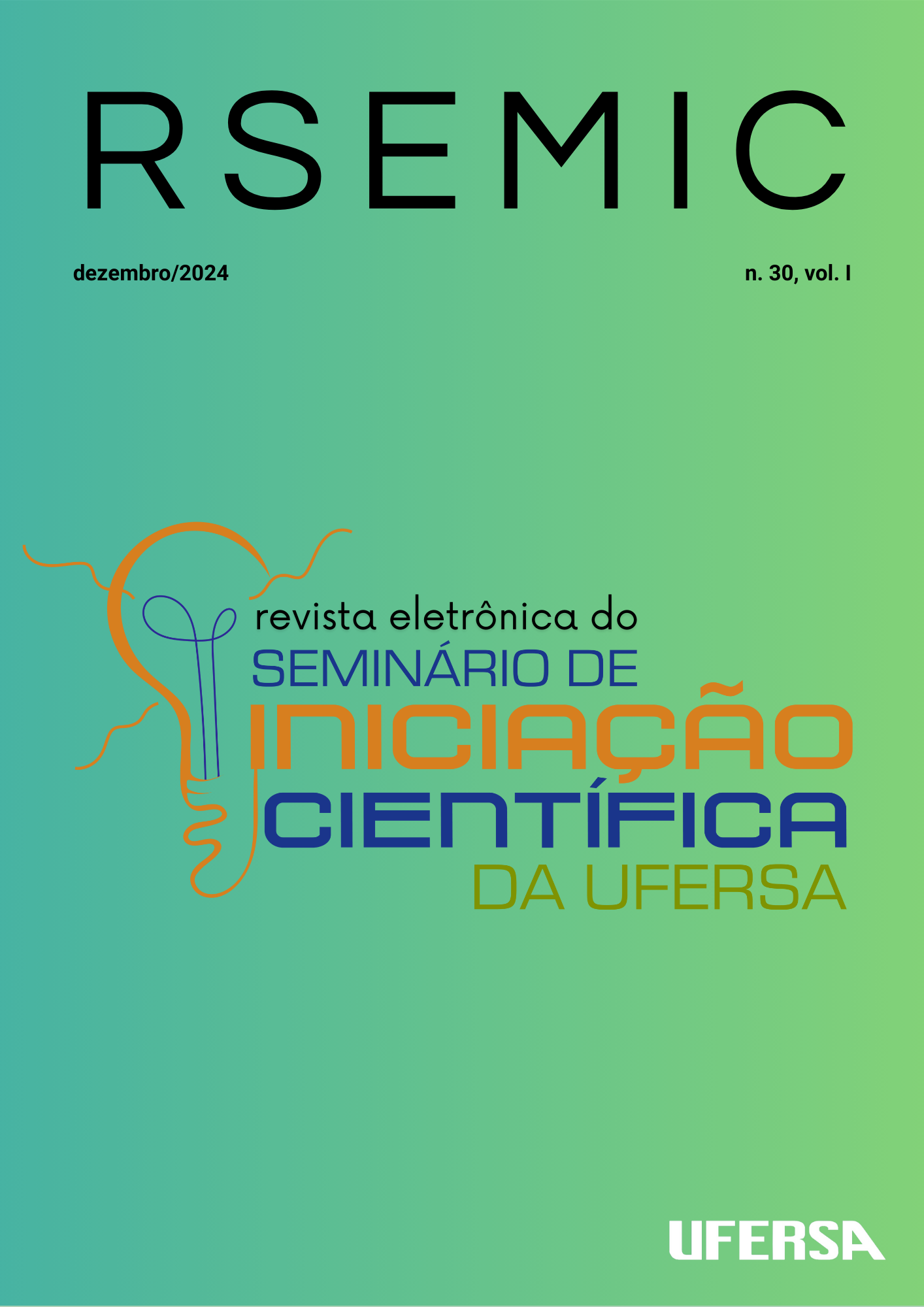Plataforma de monitoramento de recursos hídricos para combate à seca e desperdício de água
Palavras-chave:
Monitoramento de água, Microcontrolador ESP-8266, Sensor, Internet das Coisas (IoT), Gestão de recursos hídricosResumo
The objective of this project was to develop a water monitoring platform using Internet of Things (IoT) and cloud computing technologies to contribute to the sustainable management of water resources and help combat waste. Growing environmental concerns and water scarcity make it essential to find solutions that ensure the efficient use of this resource. To this end, a non-invasive monitoring system was developed that integrates sensors and a web interface, enabling control and visualization of the data collected in real time. The methodology ranged from the theoretical survey to the experimental evaluation of a hardware prototype, which used an ESP-8266 microcontroller and the AJ-SR04M ultrasonic sensor. This sensor was chosen for its ability to measure levels without direct contact with water, minimizing wear and offering greater durability in humid environments. The device was installed in a 5,000-liter reservoir, located at the Federal Rural University of Semi-Arid (UFERSA), Pau dos Ferros campus, where tests were carried out to validate its functionality and accuracy. During the testing period, the system successfully monitored the amount of water available and recorded daily consumption. The web interface was designed to be intuitive and accessible, allowing users to view the collected data in a practical way and contributing to informed decision-making. As a result, the system demonstrated a high degree of accuracy and reliability, anticipating water shortages in the university residence on eight occasions, which enabled effective planning to avoid shortages. In addition, the project demonstrated the feasibility of integrating IoT monitoring solutions to optimize water resource management in homes, rural areas, and urban environments. This system is scalable and can be implemented in a variety of contexts, assisting both domestic users and public agencies responsible for water distribution. It is concluded that the developed platform is a promising solution that meets the needs of water control and preservation, promoting a more conscious and sustainable use of this resource. Future improvements include integration with other IoT technologies to expand the application of the system and promote greater awareness of the responsible use of water.

